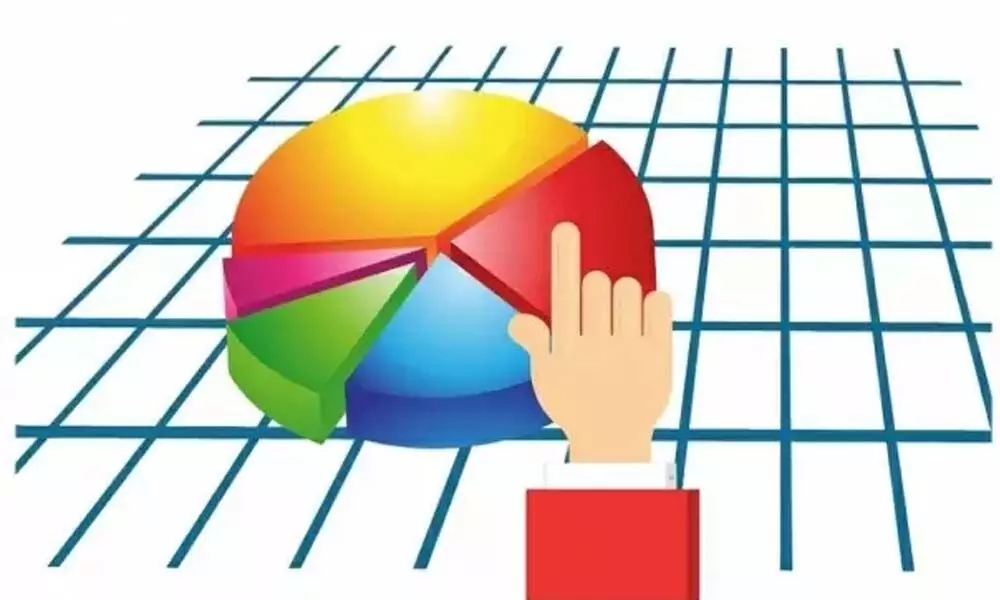Markets shift focus to peak growth, subsequent slowdown: Report

Markets shift focus to peak growth, subsequent slowdown
As inflation concerns gain momentum and central banks may tighten loose monetary policies, the markets have now focused on 'peak' growth and the eventual slowdown.
As inflation concerns gain momentum and central banks may tighten loose monetary policies, the markets have now focused on 'peak' growth and the eventual slowdown.
Bond yields have gyrated to now factoring in the post-Covid boom slowdown and central banks continuing with their ultra-loose monetary stance from earlier factoring in the post-Covid boom and central banks exiting their ultra-loose monetary stance, said a report by Kotak Institutional Equities.
In other words, it looks like markets have moved 'forward' to the post-Covid boom 'slowdown' while central banks are still focused on the current Covid-related 'slowdown', it said.
"It is all becoming rather hard to fathom. We can only hope to stay relevant until central banks exit the centre stage.
"It seems the market is running a bit ahead of itself, not only in terms of valuations but also, in terms of what to discount and what not to discount. The market's focus has now moved on to 'peak' growth and subsequent slowdown from the earlier euphoric mix of strong growth and moderate inflation, suggesting a full circle in its thinking," said the recent report.
The sharp fall in US bond yields in the past few days reflects the market's worries about 'peak' growth being priced in with the full reopening of the US economy. This is a dramatic shift from the sharp increase in bond yields in the early part of the year when the market priced in expectations of strong economic growth and higher inflation and thus, expected a normalisation of monetary policy by the US Fed over time.
Inflation expectations have come off in the past two weeks but are still above 2 per cent, it said.
"Time will settle the debate over inflation (structural, transitory) and we will have to wait another 6-9 months for the final word on this. In the meanwhile, higher-than-expected inflation prints may still result in bond yields spiking again while in-line inflation data may not result in further decline in bond yields."
The report said that not much has changed about the global economic outlook despite recent worries about resurgence of Covid-19 cases (Delta and Delta plus variants) in parts of Europe and the US. The continued vaccination rollouts will hopefully mitigate the impact of infections on the vaccinated population.
Almost all economic indicators point to a strong recovery in all economies, and it assumes that central banks will start tapering once economies start reaching 'normal' levels of economic activity.
"To us, the debate is more about the pace of tapering, which will depend on inflation data over the next few months and not tapering itself."
It said that there are two likely scenarios -- strong economic growth and high but transitory inflation (base case), and strong economic growth and higher-than-expected inflation.




















